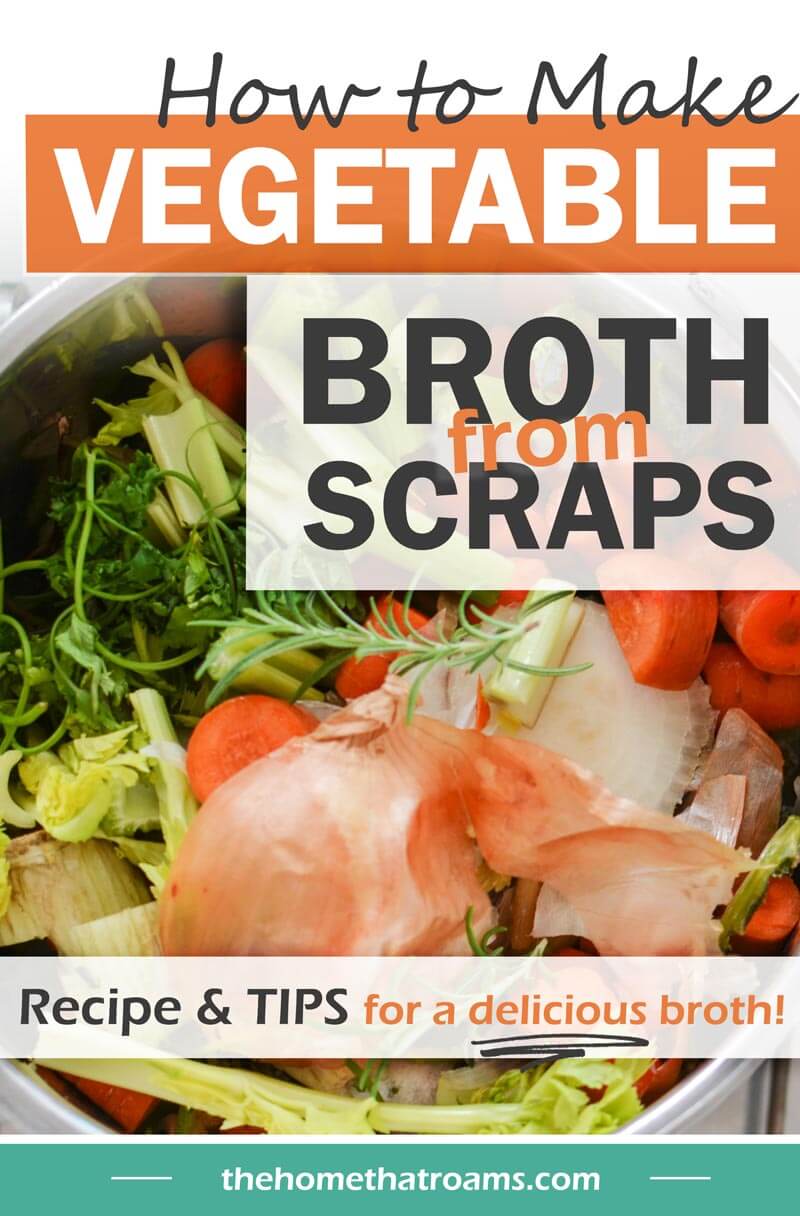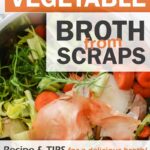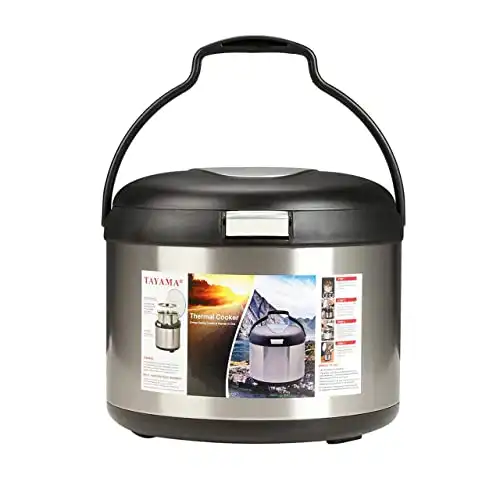How to Make a Delicious Vegetable Broth from Scraps
As an Amazon Associate, we earn from qualifying purchases. We also earn from other affiliate websites. See our full disclaimer.
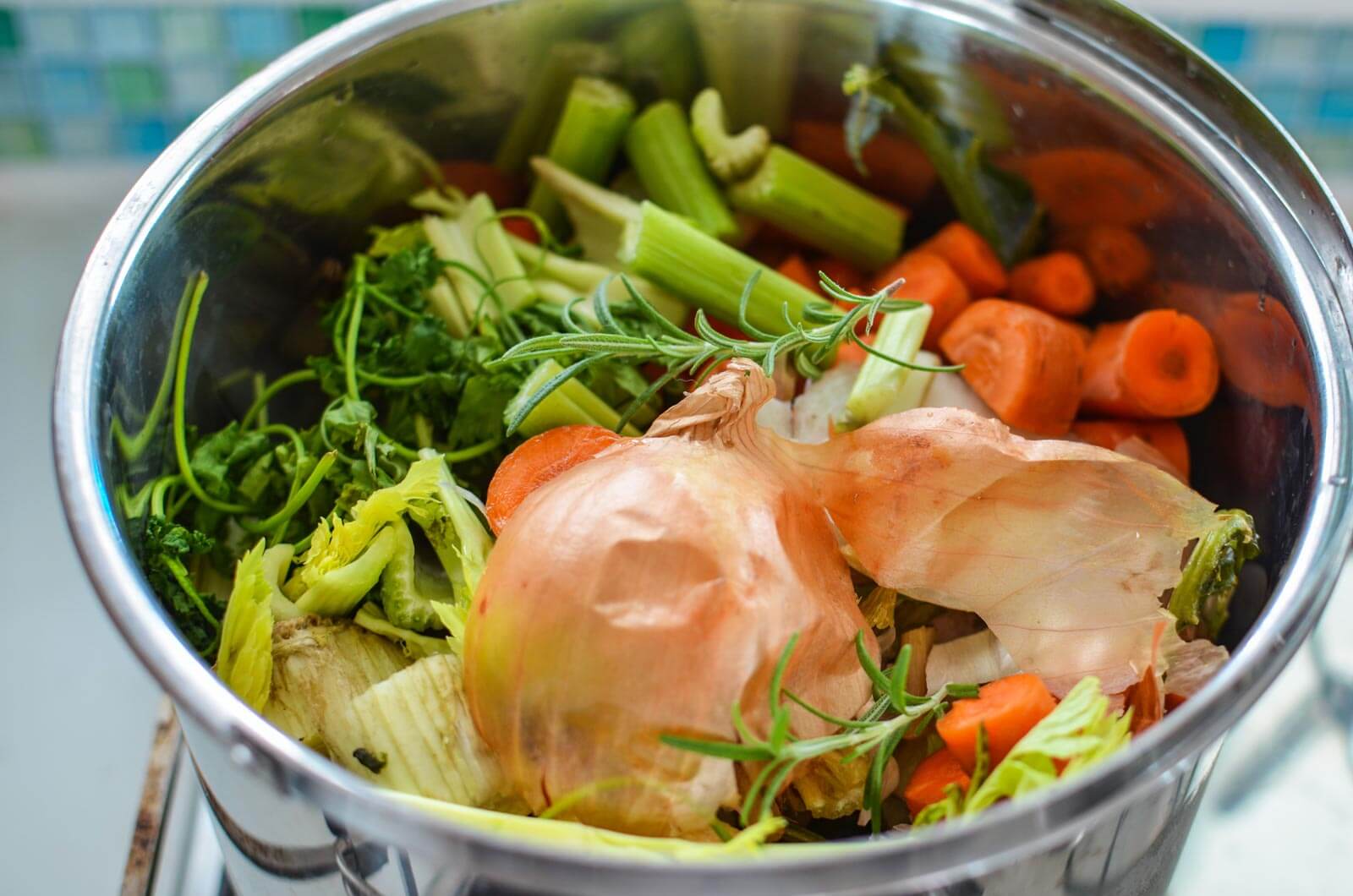
The temps have been dropping here in the southeast. And nothing says fall quite like a big steaming bowl of soup. I love the feeling you get after the first few bites when you start to feel all warm and toasty inside. The key to the yummiest and tastiest soup is homemade vegetable broth from scraps.
Living on a boat, I’m always looking for ways to reuse, save, and create the best tasting boat meals. Homemade veggie broth hits all these notes. It’s hard to believe I avoided attempting this kitchen staple for so long. It turns out it’s super easy to make.
To lessen the intimidation for others, I have put together some tips to create a delicious vegetable broth.
5 Reasons to Make Veggie Broth
- IT’S EASY. Just a few ingredients and veggie scraps, cook in a stockpot or thermal cooker, and strain.
- IT’S SUSTAINABLE. Instead of tossing all those veggie scraps in the trash, they get reused. And it makes for a less stinky trash can.
- CONTROL OF FLAVOR. Adding fresh herbs and spices and limiting salt are nice benefits to homemade broth.
- IT’S CHEAP. Buying broth can get pricey, especially if you want organic and low sodium.
- QUALITY AND QUANTITY. One gallon bag of veggies will make 13-15 cups of broth. I usually store 5 or 6 cups in the fridge for a couple of meals on the horizon and freeze the rest.
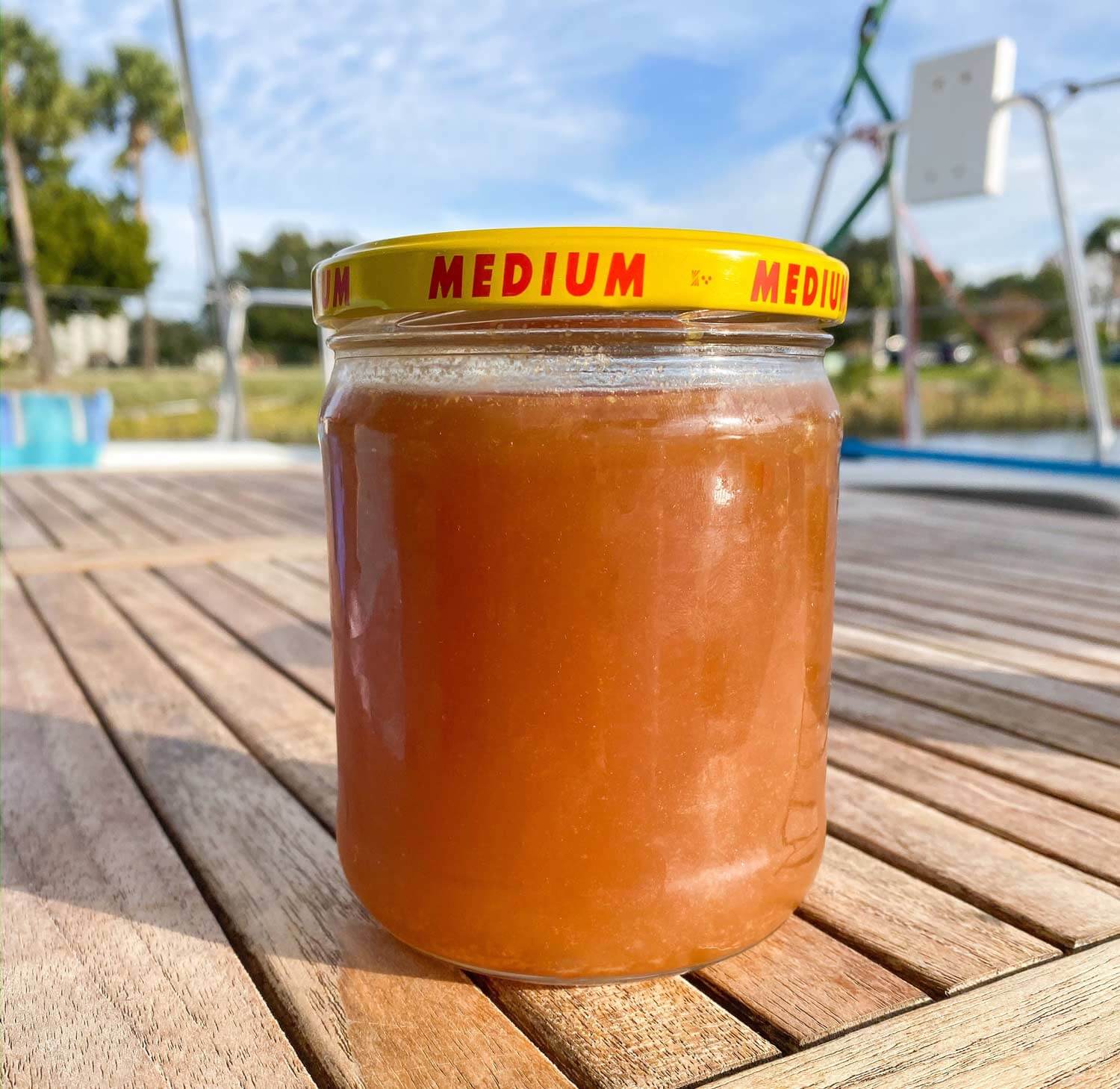
What Vegetables to Use
First, make sure you have a method for storing your veggie scraps. I like to keep a gallon plastic bag in the freezer.
What to Add to Your Scrap Bag
Some of the best veggies for a good broth are celery, carrots, and onions. I save all my carrot peels and onion skins and ends.
Other veggies that make a tasty broth:
Beware of starchy vegetables such as potatoes (a few potato peels are fine). Vegetables from the Brassica family tend to leave a bitter flavor, but I’ll often include a few kale stalks.
Basic Recipe
Ingredients
- 1 tbsp olive oil
- 3/4 to 1 whole onion chopped
- 3 cloves garlic, minced
- 1-gallon bag of vegetable scraps (tightly packed)
- 12 -15 cups water*
- 2 bay leaves
- 1 tsp peppercorns
- 1/4 – 1/2 tsp salt (based on personal preference)
- 1 tbsp nutritional yeast or a Parmesan rind
- Fresh herbs (thyme, rosemary, parsley)*
*NOTES: I add a few sprigs of both fresh Rosemary and Thyme from our “cockpit garden.” Use a lower amount of water if you want a more potent broth. I do about 14 cups.
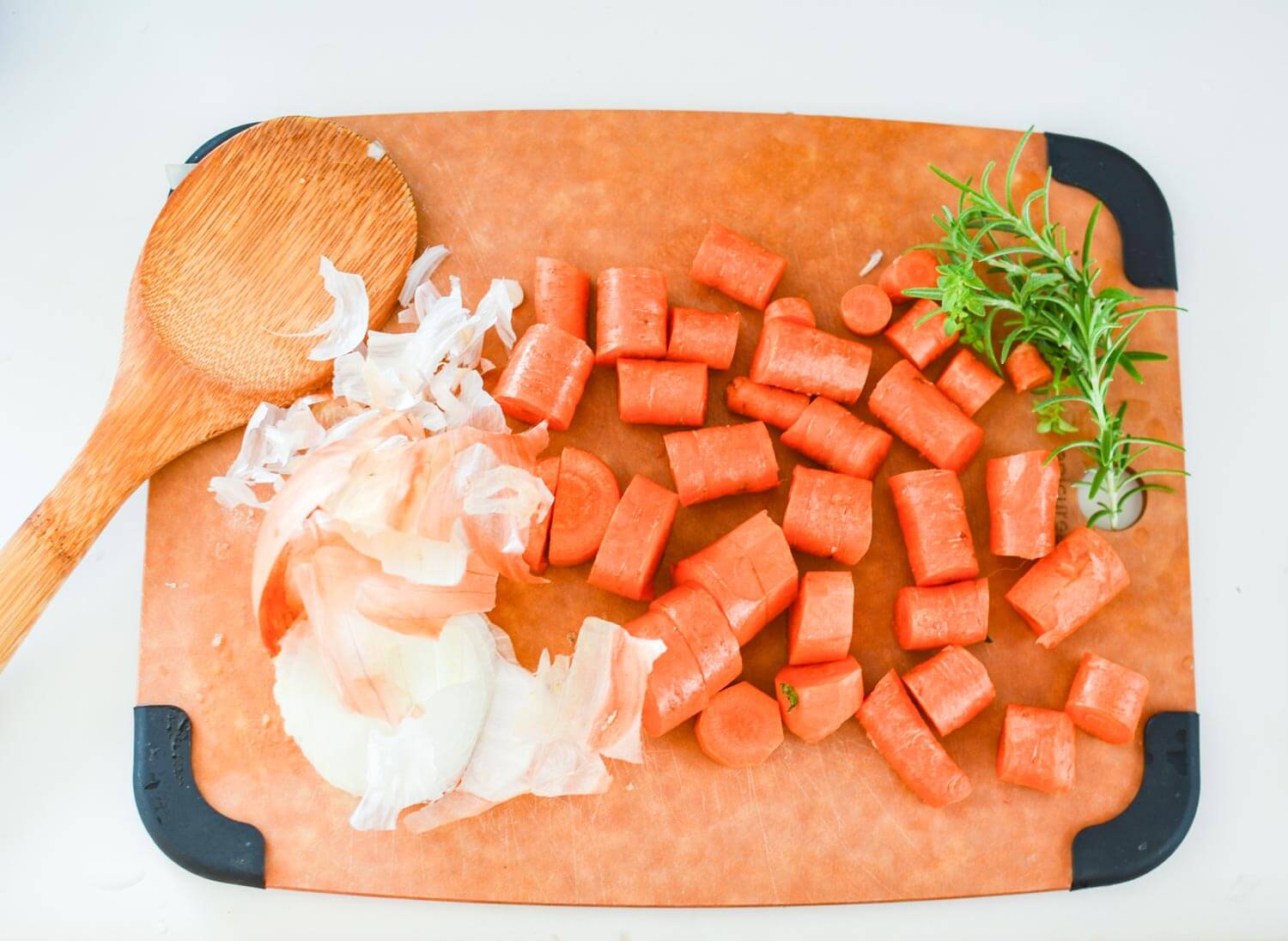
Directions
- Heat olive oil over medium heat in a large stockpot.
- Add onion and garlic and sauté until starting to brown. (If I have extra carrots or celery in the fridge, I chop them and throw in here as well.)
- Add veggie scraps, water, and all herbs and seasonings. Bring to just under a boil and simmer for one hour.
- Remove from heat and let cool before straining into a large bowl. I use a colander lined with this cheesecloth to strain my broth.
- Use within 5-6 days in the fridge or freeze for later.
Using a Thermal Cooker
I make broth in the thermal cooker to save on propane and avoid heating up the boat. Once you bring it to a boil, I find it needs 3-4 hours in the thermal cooker for a rich-looking and tasting broth.
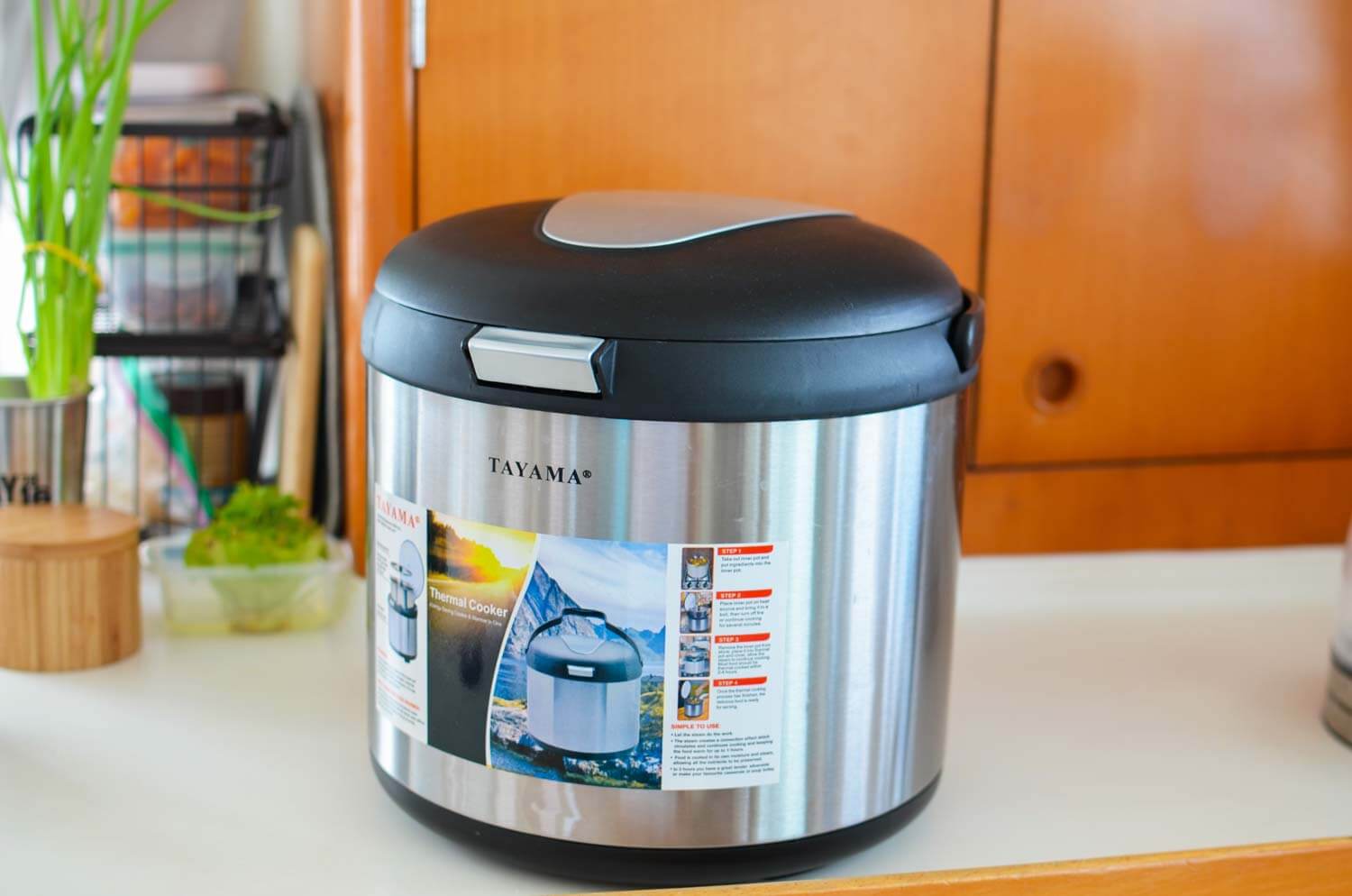
- Saves energy, approx. 80% on electricity or gas
- Saves time by reducing stovetop cooking time to 10 - 15 min.
- Perfect for picnics, camping, travel, and more
- Food stays warm for over 6 hours
READ MORE: This thermal cooker also made our list of sailboat galley essentials.
Tips for a Better Broth
- Use your best judgment when using kale stalks. I’ve used organic Latino kale stalks that made a delicious broth. With lower-quality curly kale stalks, I’ve noticed the broth is a little more bitter.
- Chop your big chunks of veggie scraps — the more surface area of the vegetable exposed, the more flavor.
- Do use fresh and dry herbs. I include herb stems in my veggie scraps, plus fresh rosemary and thyme, and dried bay leaves. The herbs give the broth depth and add to the taste of homemade over store-bought broth.
- Make sure you have an umami flavor – either a cheese rind or nutritional yeast. You can also use tomato paste or soy sauce. I like to keep Harmony House dried tomato powder on hand to whip up tomato paste.
- Lastly, don’t forget to save those onion skins!
Our Favorite Uses for Broth
It’s fall, which means soup! And also veggie chili, mmm. Here are a few of my favorite soup and chili recipes:
- Minestrone from Cookie & Kate
- Veggie chili from Cookie & Kate
- White bean soup from Budget Bytes

I love having broth on-hand to up the flavor in homemade ramen, quinoa and polenta dishes, and rice bowls. Cooking grains with broth instead of water enriches the taste and really steps up the dish.
A Delicious and Healthy Vegetable Broth
I hope I’ve given you a boost of confidence to try homemade vegetable broth. It’s a great way to be sustainable in the kitchen while saving money.
I love making broth because it gives you a chance to get creative and play with flavors. No two broths are exactly the same. It depends on your scrap ratio of different veggies, spices, and other add-ins.
Want to learn more about cooking onboard?
For more ideas on meals, provisioning, and how to outfit your galley, view our guide.
Like this post? Save it on Pinterest for later.
